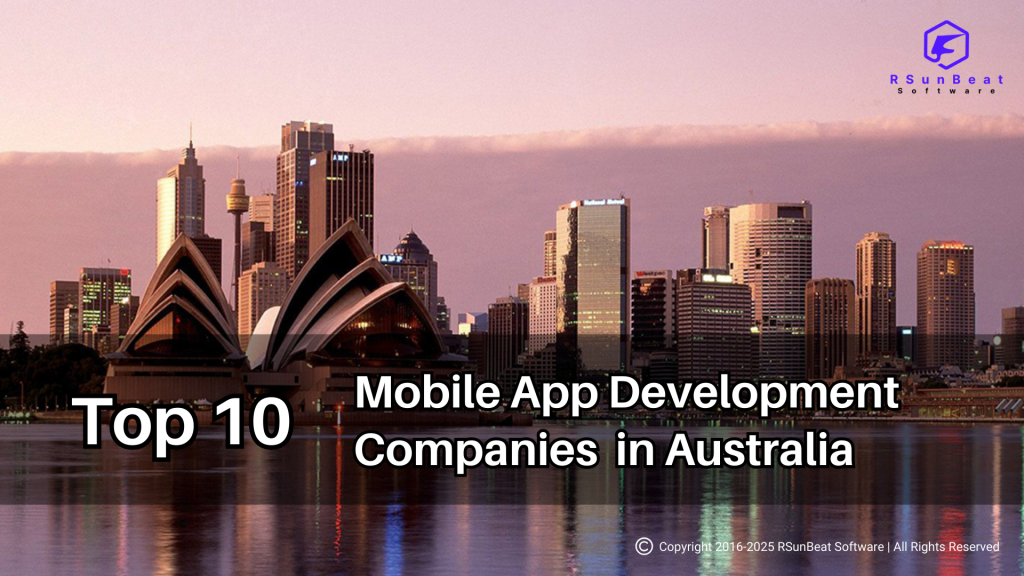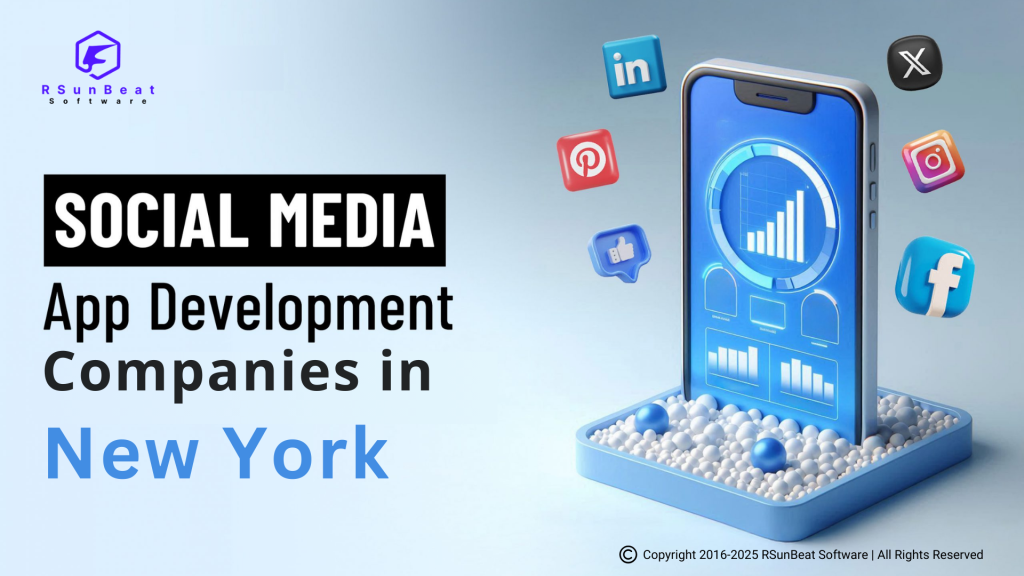
Why 2025 is the Year Your Travel Business MUST Have a Mobile App (And Exactly How to Build It)
In 2025, the travel industry is entering a new digital era, and your business cannot afford to be left behind. Mobile apps have gone from being a luxury to an absolute necessity. With travelers demanding personalized, on-the-go experiences, a custom mobile app can be the difference between staying competitive or becoming obsolete.
This in-depth blog explores why your travel business must invest in a mobile app in 2025, what features it must include, the benefits it brings to customer engagement and business growth, and a step-by-step guide on how to build one tailored for success. If you’re in the travel space—whether you’re running a tour agency, hotel chain, booking platform, or a bespoke travel startup—this is your blueprint for thriving in 2025 and beyond.
Why 2025 is a Turning Point for the Travel Industry
The global travel market is projected to reach $1.1 trillion by the end of 2025, driven by digital-first millennials and Gen Z travelers. COVID-19 permanently shifted customer expectations—people now demand touchless, seamless, real-time booking and support experiences. Mobile is no longer just an option; it’s the primary interface for travel planning and transactions.
According to Statista:
-
72% of last-minute bookings are made via smartphones.
-
Over 60% of travelers prefer mobile apps for managing bookings and itineraries.
-
App downloads for travel brands rose by 40% in the last two years alone.
In 2025, if your travel business lacks a custom mobile app, you’re not just missing out—you’re handing your customers to competitors who offer faster, more personalized experiences.
The Top Benefits of a Custom Travel App
Let’s dig deeper into what a dedicated mobile app can do for your travel business in 2025:
1. 24/7 Direct Bookings
With a mobile app, customers can book hotels, flights, experiences, and transportation instantly without relying on a third-party platform. This reduces commission fees and increases your profit margins.
2. Real-Time Notifications & Travel Updates
Keep your customers informed with instant alerts about flight changes, hotel check-ins, local events, and promotions.
3. Personalized Experiences
Using AI and machine learning, your app can offer tailored recommendations based on travel history, preferences, and behaviors—making your brand more relevant.
4. Loyalty Programs and Rewards
Integrate loyalty programs that encourage repeat bookings and customer retention. Offer points, discounts, or VIP features.
5. Offline Functionality
Allow travelers to access important information like itineraries, hotel addresses, or support contacts even when offline or abroad with no roaming.
6. Brand Visibility and Trust
Every time a customer opens their phone and sees your logo, it reinforces brand awareness. It’s digital real estate you can’t afford to lose.
Must-Have Features for Your 2025 Travel App
Feature-rich apps are great—but only if those features align with customer expectations. Here’s what your travel app should include in 2025:
| Feature | Purpose |
|---|---|
| Easy Booking Engine | Quick reservations for flights, hotels, and experiences |
| In-App Chat Support | Real-time assistance before, during, and after travel |
| GPS Navigation & Maps | Location tracking, guides, and nearby attraction suggestions |
| Multi-Currency & Language | Global usability for international travelers |
| Secure Payments | Multiple gateways, one-click checkout, and e-wallet options |
| User Profiles & History | Saved preferences, past bookings, and personalized suggestions |
| Push Notifications | Promotional offers, trip alerts, and updates |
| Travel Itinerary Builder | Organize bookings into a unified timeline |
| Weather & Local Info | Display localized climate and safety tips |
| Review & Ratings | User-generated feedback to boost credibility |
Apps that offer these features are far more likely to retain users and generate higher ROI.
How to Build Your Custom Travel App: Step-by-Step
The right travel app can skyrocket your business. But it requires thoughtful planning and expert execution. Here’s a professional step-by-step roadmap to build a successful mobile app for your travel brand:
Step 1: Define Your Objectives
Before writing a single line of code, define:
-
Your business goals (e.g., increase direct bookings, reduce OTA dependency)
-
Target audience (families, solo travelers, business professionals, etc.)
-
Primary use case (itinerary planning, full booking engine, travel guide, etc.)
Step 2: Market Research & Competitor Analysis
Analyze:
-
Existing top-performing apps (Expedia, TripIt, Airbnb, etc.)
-
User reviews to understand pain points
-
Industry trends (voice-based search, virtual tours, AI recommendations)
This sets the foundation for innovation and differentiation.
Step 3: Choose the Right Tech Stack
Here’s a comparison of common tech choices:
| Component | Preferred Technologies (2025) |
| Frontend | Flutter, React Native |
| Backend | Node.js, Django, Ruby on Rails |
| Database | PostgreSQL, MongoDB |
| APIs | Amadeus, Skyscanner, Google Places, Stripe |
| AI Integration | TensorFlow Lite, ChatGPT, AWS AI |
| Push Notifications | Firebase Cloud Messaging, OneSignal |
Work with a professional team that can help you make scalable, secure, and user-friendly choices.
Step 4: UI/UX Design that Reflects Travel Vibes
-
Use calming color palettes (blue, green, white)
-
Include intuitive navigation for quick booking
-
Use iconography and visuals to make the experience feel immersive
Step 5: Development & Testing
-
Agile development approach: Break the project into sprints
-
QA testing: Conduct rigorous manual and automated testing across devices
-
Beta launch: Let a small group of users try the app and give feedback
Step 6: Deployment and Launch
-
Publish to App Store (iOS) and Google Play Store (Android)
-
Prepare ASO (App Store Optimization): Use keywords like “travel planner app,” “book flights,” “trip itinerary”
-
Launch promotional campaigns across social, email, and your website
Step 7: Post-Launch Support and Maintenance
-
Monitor crash reports and fix bugs quickly
-
Add new features based on user feedback
-
Keep up with operating system updates and technology shifts
Estimated Timeline and Cost Breakdown
| Phase | Estimated Timeframe | Estimated Cost Range (USD) |
| Discovery & Research | 2–3 weeks | $2,000 – $5,000 |
| Design & Prototyping | 3–4 weeks | $5,000 – $8,000 |
| Development | 10–14 weeks | $15,000 – $35,000 |
| Testing & QA | 2–3 weeks | $2,000 – $4,000 |
| Launch & Marketing | 1–2 weeks | $2,000 – $5,000 |
Note: Costs vary based on app complexity, feature set, and integrations.
How to Market Your Travel App in 2025
Just launching an app isn’t enough—you need users. Here’s how to get them:
-
App Store Optimization (ASO)
-
Paid Ads (Google Ads, Meta, TikTok Travel)
-
Influencer Collaborations
-
Travel Blog Partnerships
-
Push Campaigns and Referral Programs
-
Email Drip Campaigns to Past Customers
Data-backed tip: Apps that implement strong onboarding flows and push notifications retain 3x more users in the first 90 days.
Final Thoughts: The Future Belongs to App-Driven Travel Brands
2025 is not just another year. It’s a pivotal point in how consumers interact with travel businesses. If you want:
-
More direct bookings
-
Higher customer retention
-
Competitive edge
-
Better user experience
Then a custom travel app is no longer optional—it’s mission critical.
Ready to Elevate Your Travel Brand?
Connect with RSunBeat Software Today!
Testimonials ~
What Our Clients
Are Saying
Your trust drives our passion. Here’s how we’ve helped businesses like yours thrive with tailored solutions and unmatched support.

Hussein Termos
CEO
“RSunBeat Software is a top-tier web development company for the real estate industry. They delivered a user-friendly, customized platform that met our needs perfectly. Their innovative solutions, on-time delivery, and excellent support made the process seamless. Highly recommended for exceptional development services!”

James Carten
Founder & CEO
“Before working with RSunBeat Software, our real estate business faced issues with unreliable mobile apps, poor user experiences, and missed deadlines. RSunBeat delivered a seamless, high-performing app with excellent functionality, intuitive design, and timely execution, transforming our operations. Their expertise and dedication make them a trusted partner.”

Darla Shewmaker
VP of Marketing
“RSunBeat Software developed a great, user-friendly mobile app that exceeded our expectations. The team was extremely professional, kept us updated throughout the process and completed the work on time. Their expertise and dedication made the whole project seamless. We highly recommend RSunBeat for their great work and reliability!”

Nicholas Toh
Project Manager
“RSunBeat Software delivered an amazing web and app development experience. Their team was highly professional, detail-oriented, and dedicated to bringing our vision to life. The final product was seamless, user-friendly, and exceeded our expectations. We highly recommend them for top-notch development services!”
Our Technology Experts
Are Change Catalysts
Mail to Our Sales Department
info@rsunbeatsoftware.com
Our Skype Id
Rsunbeat Software


